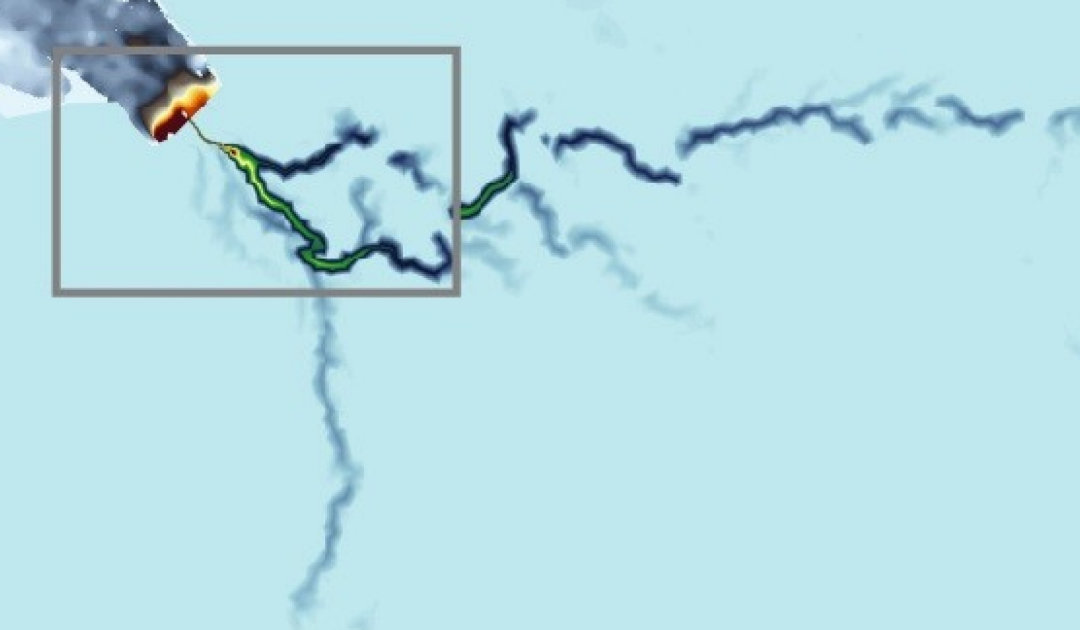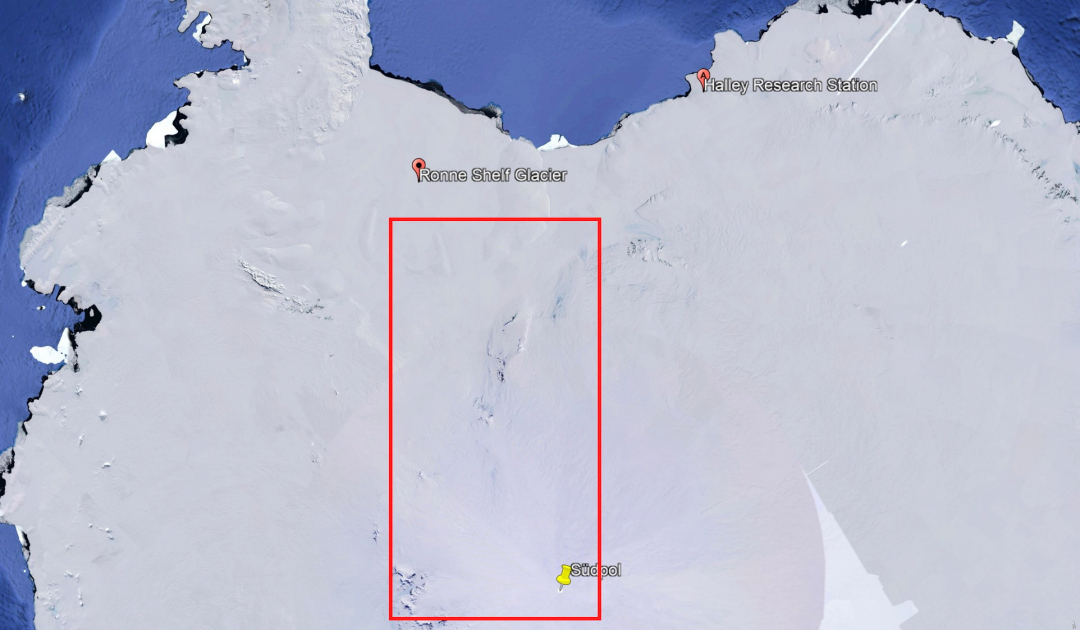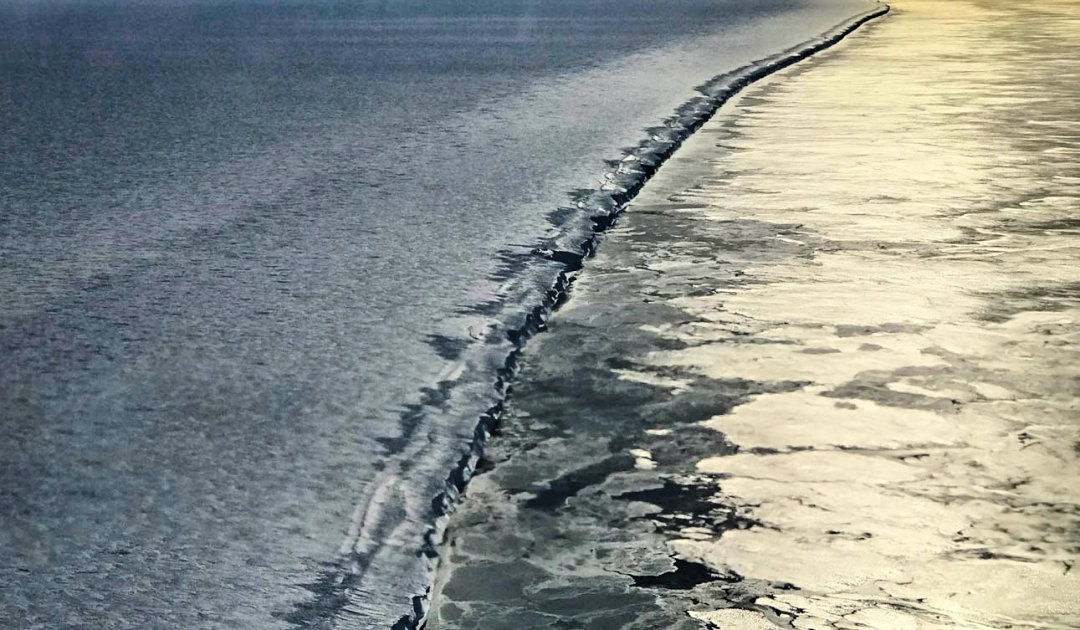
From above, the two ice sheets in West and East Antarctica only look spectacular in a few places, and liquid water can be expected at best along the coasts. The rest is a frozen white surface. But deep beneath the ice exists a hitherto little explored world that is still full of surprises. A few decades ago, the discovery of large lakes made the media rounds. Now, research teams are also discovering entire river systems, according to a recent paper published by an international group.
More than 460 kilometers long and the drainage area of several ice streams and glaciers, covering a combined area of 960,000 square kilometers, this is the newly discovered river system on the southeastern edge of the Weddell Sea by Dr. Christine Dow and her colleagues. They published their discovery in the journal Nature Geosciences last week.


The discovery was made by the team, which consisted of members from Canada, the United Kingdom and Malaysia, while studying a previously little explored area in Antarctica. Where the two ice sheets of western and eastern Antarctica meet and flow into the Filchner-Ronne Ice Shelf, the team found the system thanks to airborne ground penetrating radar, which can also penetrate ice, and a model that can represent the hydrology of ice sheets. In particular, the fact that liquid water in the system pours over hundreds of kilometers into the Weddell Sea surprises and excites the researchers. This is because this finding puts to the test the previous assumption that the lakes discovered so far, which also contain liquid water and have become the focus of research, are isolated. “We are starting to understand there are whole systems down there, interconnected by vast river networks, just as they might be if there weren’t thousands of metres of ice on top of them” says Professor Martin Siegert of Imperial College London, who, along with Dr. Dow of the University of Waterloo in Canada and Dr. Neil Ross of Newcastle University, developed the study.

Liquid water kilometers deep under the Antarctic ice sheet is a special discovery, because it does not originate from the surface, as it does in Greenland, for example, and was transported into the depths by melting processes. Instead, the research team suspects it is meltwater from the base of the ice sheet, created by geothermal heat and friction. Because a nearly balanced state of water discharge and inflow is formed in the process, the water can form channels that can extend for hundreds of kilometers. And with that, the discovery also raises numerous new questions. For example, how these river systems affect ice streams and the ice shelf, because heat is also transported with the water, which can end up affecting ice breakup on glaciers and the formation of tabular icebergs on the ice shelf. Also, according to the team’s findings in Antarctica, the speed at which ice streams flow depends more on the amount and pressure of water than on the steepness of the terrain.
Another question that arises is whether freshwater input to the Weddell Sea has an impact on biodiversity beneath the ice shelf. This is because last year, a previously unknown ecosystem with a surprisingly large diversity of marine organisms was discovered in the same region. Because such basal river systems transport not only heat and freshwater but also minerals to the ocean, this could be a possible explanation for the diversity. In any case, Dr. Dow and her colleagues will have to collect some more data and also compare it with other areas in Antarctica in order to unlock the secrets of this previously unknown world. “That such a large system could remain undiscovered until now shows how much we still have to learn about the continent,” says Christine Dow.
Dr Michael Wenger, PolarJournal
Link to the study: Dow C.F. et al. (2022) Nat Geosci Antarctic basal environment shaped by high-pressure flow through a subglacial river system; doi.org/10.1038/s41561-022-01059-1
More on the topic





